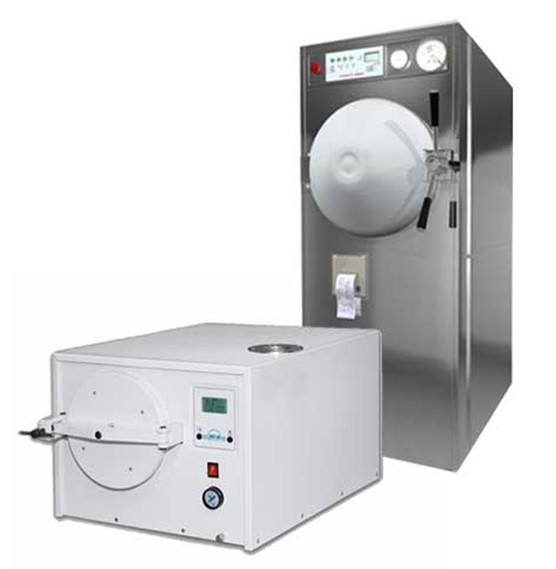Progress in the fight against cattle tuberculosis in Buryatia

What is tuberculosis?
Tuberculosis is a chronic infectious disease caused by bacteria of the genus Mycobacterium. it poses a serious threat to both animals and humans, especially in cattle . Infected animals can secreteBacteria are shed through feces, urine, and MILK , making them potentially dangerous to others. Infection occurs primarily when healthy and sick animals are kept together, highlighting the importance of regular monitoring of livestock HEALTH.
Symptoms and Prevention:
Tuberculosis in animals is often asymptomatic, making early diagnosis difficult. However, animal owners should be alert to signs such asCough , shortness of breath, loss of appetite, weight loss, and decreased productivity. It is important for farmers to be vigilant and contact veterinarians at the first suspicion of disease.
Veterinary services strongly recommend that livestock owners comply with sanitary and anti-epidemic measures. These include:
- Mandatory examination of animals for tuberculosis.
- Notification of veterinary services about cases of disease or death of livestock.
- Marking of cattle to simplify monitoring.
- Regular disinfection of premises and equipment.
Buryatia: a region free of tuberculosis
. Buryatia is currently considered a region free of animal tuberculosis. The last case of the disease in cattle was recorded 34 years ago, in 1991, in the Kurumkansky district. This fact testifies to the high level of veterinary control and the effectiveness of preventive measures carried out in the region.
In 1980, a case of avian tuberculosis was recorded in the Mukhorshibirsky District. Since then, veterinary services have significantly improved their practices, preventing the spread of the disease among various animal species.
Buryatia's success in combating bovine tuberculosis is a model for other regions of the country. Constant attention to animal health, adherence to sanitary standards, and active cooperation between livestock owners and veterinary services are key factors in creating a favorable epizootic situation. It is important to continue this work to preserve the health of both animals and humans and ensure the safety of livestock products.
Read together with it:
- Proper insemination of cows: how genetic and physiological factors influence herd productivityGenetics plays a significant role in determining the reproductive fitness of bulls, and daughter pregnancy rates should be compared to accepted standards. If a farm's performance falls short of the baseline, using less-than-optimal bulls can still improve fertility. Cow physiology is also crucial for successful insemination. Feed quality, housing conditions, and veterinary care directly impact res...
- The quarantine for farm animals due to leukemia has been lifted in the village of Gusevo.As of October 21, 2025, the restrictions were lifted due to an improvement in the clinical situation on farms. Specialists conducted the necessary laboratory tests and treatment procedures, confirming the absence of infected animals. As a result, livestock owners can now freely sell MILK and MEAT , as well as transport animals outside their communities.......
- Argentine Beef Imports: Challenges for American FarmersOn Sunday , Trump announced that he was considering partial imports of Argentine beef, emphasizing that this would help a "good ally"—Argentina—while lowering domestic MEAT prices . This measure was part of a broader strategy in which his administration approved a $20 billion currency swap to support the Argentine economy. However, as the National Beef Association (NCBA) notes, such an initiative ...
- Donald Trump said the US will buy more Argentine beef to lower prices.US President Donald Trump said today during his flight aboard Air Force One from Florida to Washington that this is the first indication of what benefits or trade improvements the United States could offer Argentina. He stated that the northern country could purchase more Argentine beef. "We'll buy beef from Argentina," the White House chief told the reporters accompanying him. "If we do that," he...
- Meat consumption has increased in Argentina.In September 2025, a total of 1.169 million HEAD of cattle were slaughtered in MEAT processing plants . This figure is 1.3% lower than in August, adjusted for the number of working days, and is in addition to the 5.1% drop recorded in August due to heavy rainfall. Furthermore, according to a new report from Ciccra, the Argentine Chamber of Meat Industry and Trade, a 3.3% decline (-4......
- The southern Krasnoyarsk region is increasing milk and meat production.The Shushenskaya Poultry Farm is nearing completion of the first stage of reconstruction of its slaughterhouse and production complex, which will allow for increased production volumes. Currently, the facility produces approximately 13,000 tons of live poultry annually, with plans to increase this figure to 17,......
- New support measure for the agricultural sector. The Ministry of Agriculture and Food explained the legislative changes.October 21, MINSK . Effective October 20, 2025, a new measure to support the agro-industrial complex in Belarus was introduced: the assignment of raw material zones to processing plants, according to the decree. The Ministry of Agriculture and Food explained the legislative changes, BELTA reports. According to the decree, regional executive committees are authorized to create raw material zones fr...
- In the Moscow region, more than 1 million tons of roughage and succulent feed have been prepared for farm animals for the winter period.In the Moscow region, the forage procurement campaign for the upcoming winter stall season is ongoing. Farmers' primary focus has now shifted from procurement to preservation. Losses in nutritional value due to improper storage can reach 30-40%. Silage is stored in sealed bags or trenches under special film to prevent air from entering and initiate the fermentation process. Silage is also securely...





























































